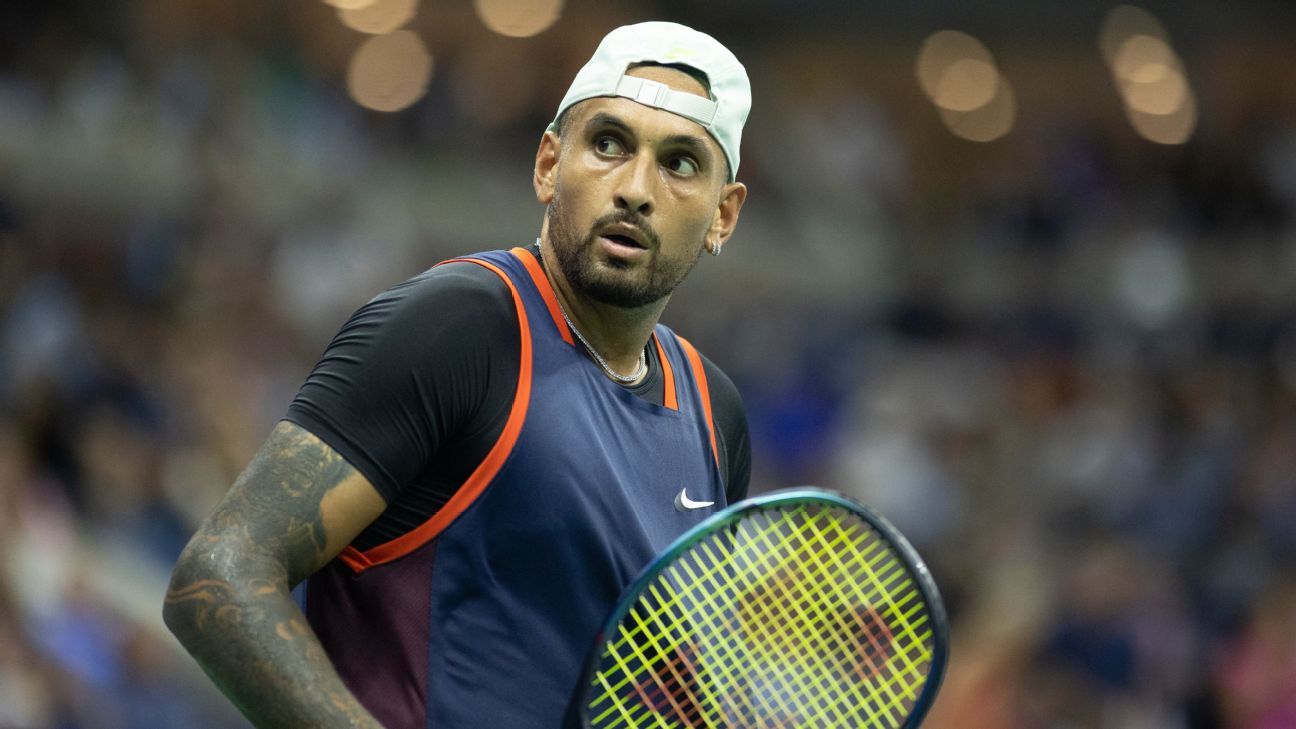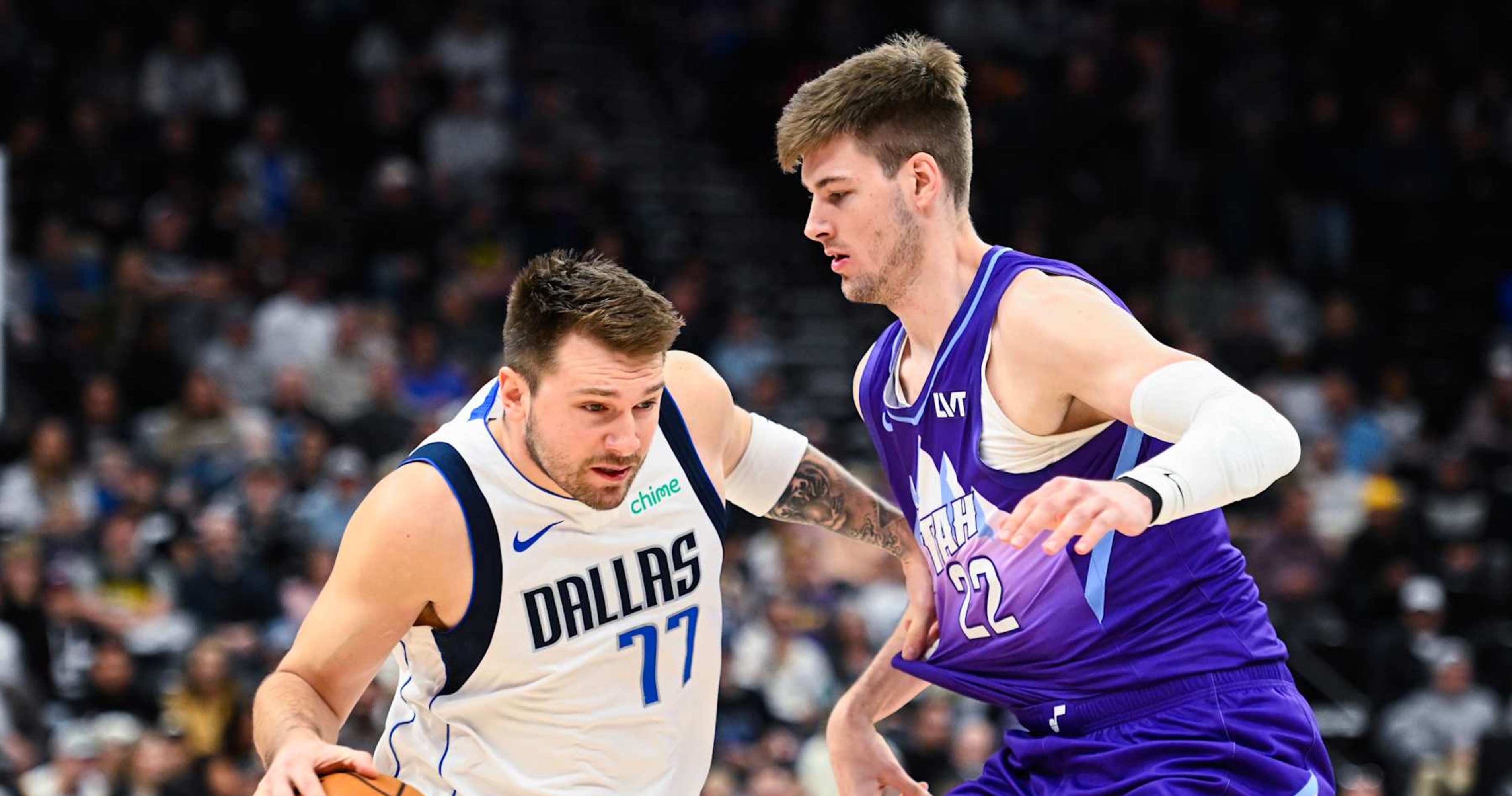As U.S. Open bakes in hot New York weather, ice bags are the hottest accessory

NEW YORK — It happens every year. At some point during the U.S. Open fortnight, an uncivilized degree of heat and humidity descends upon the Billie Jean King National Tennis Center.
The dripping fantasia of the closing scenes in Challengers becomes reality. Sweat pours. Every article of clothing becomes soaked, gets replaced with another, and then gets soaked again, through every second or third game of every match. Shoes squish with every step. Even Roger Federer, that beacon of tennis cool, would succumb to the perils of August and sometimes early September in New York.
Players try just about anything to ward off the disorientation of heat exhaustion, and, in the extreme, heat stroke. They wrap their necks in ice towels on changeovers, place bags of ice on every limb, and use black hoses blowing cool air inside their shirts.
That’s where they might be getting this all wrong.
Frances Tiafoe’s opponent on day three, Alexander Shevchenko, who retired from their match. (Timothy A. Clary / AFP via Getty Images)
“It’s like putting the wet cloth over the thermostat,” said Craig Heller in an interview earlier this year. Heller is a professor of biology at Stanford University, who has spent decades researching the relationship between the brain and body temperature. “You feel good because the thermostat says you are back in the normal zone, but you shut off the cooling system.”
Heller initially conducted the research to find the best way to regulate the temperature of surgical patients emerging from anaesthesia. His experiments showed that the best temperature regulation method involved exposing the palms, or the bottom of the feet, to hot or cold surfaces. The idea is to cool the blood in the spots where the barrier to it is at its thinnest. The blood then cools the body as it circulates.
The medical staff of the U.S. Tennis Association (USTA), which runs the U.S. Open, isn’t yet convinced. When heat the like of which descended on Flushing Meadows Wednesday comes around, this leads to some lengthy discussion and debate about to keep players and patrons safe.
Like a lot of Stanford professors the past half-century, Heller has embarked on a commercial adaptation for his research, called Coolmitt. The Coolmitt is exactly what it sounds like it: athletes put their hands in a mitt that has appeared on the sidelines in other sports the past few years. They nearly made their way onto the courts of this U.S. Open, before officials decided they needed to do more research.
Melissa Leber, a specialist in orthopaedics and emergency medicine who is also the director of player medical services for the USTA, said in an interview Wednesday that Heller is “not 100 percent wrong.” There is still more to cooling the body during a match than making a player’s palms cold. The actual hottest parts of the body should be exposed to cold surfaces; exposing the brain to the perception that it is cooler than it was moments before also helps. This is where all the ice around necks comes in.
“If the player perceives that they’re cooled down, they will feel better,” Leber said.

Fans made use of misters as temperatures climbed into the 90s. (Al Bello / Getty Images)
Heller said he has the studies to prove that exposing the palms to a surface between 50 and 54 degrees is the best way to prevent the body from overheating.
Why the palms, in addition to the bottom of the feet?
“There’s no fur there,” Heller said. “This is the way we evolved.”
He went on to explain that blood that leaves the heart and heads toward the extremities is very hot. Once it gets to the hands and feet, it starts heading back toward the heart. Anaerobic exercise only makes the situation worse, as that hot blood goes through the body’s power centers.
“You have the capacity to overcook your own muscles,” he said.
Cooling that blood before it gets there is a way of cooling the body from the inside out, but, Heller says, the brain signals the body to cool itself by sweating. The process of the sweat evaporating off the skin then helps cool the body. This is why, in his view, the brain needs always to be in sync with what the body is experiencing, which is why he is so against ice towels around necks.
Athletes in other sports have experimented with his product. They have appeared in baseball dugouts and on the tee boxes at PGA tournaments. They were even available at the ATP 250 tournament in Atlanta earlier this summer.
Craig Giles, the company’s chief executive, said this week that he was in talks with the USTA for several months to supply 100 devices for the US Open, making them available on every court at a cost of $50,000.
The USTA told him cost was not the issue, but that they wanted to see more research with tennis players rather than on the lab-controlled exercise that some of the research focussed on.
“We didn’t feel the evidence was there to use it this year,” Leber said. “That doesn’t mean we won’t revisit and consider it because every year we’re always talking about this and considering new options.”

Ben Shelton sweated his way to victory against Roberto Bautista Agut. (Mike Stobe / Getty Images)
Temperatures are only expected to rise for this tournament in the coming years as the planet warms, requiring every player to have their own tricks for dealing with the discomfort.
Hypothetical scientific debates about faintly futuristic hand fridges might be fun, but the reality of their application is stickier. Temperatures rose into the low 90s Wednesday, and stayed there into the early evening. The high humidity and mostly unrelenting sun suffocated the air all the way down to the sunken courts Stadium 17, where Emma Navarro followed Andrey Rublev onto court. The U.S. Open was taking place in a tumble dryer.
Doctors came on court to check 16-year-old Iva Jovic’s blood pressure during the second set of her match against No. 29 seed Ekaterina Alexandrova. Tomas Martin Etcheverry lost his lunch on the side of the court.
“So disgusting, I have no idea how many shirts I’ve gone through,” Frances Tiafoe said, after setting up a third-round meeting with Ben Shelton.
It’s not just that the heat is getting hotter. The tennis is getting hotter too — more physical and taxing during the last 20 years than ever before, thanks to improving racket and string technologies, court conditions, and the physical fitness of its players. Jake Garner, the tournament referee, and the USTA’s team of advisers keep a close eye on the WetBulb Globe Temperature. This is a measure of heat stress in direct sunlight, which also takes into account temperature, humidity, wind speed, sun angle and cloud cover.
When it rises above 86 degrees, mitigation measures kick in, including the 10-minute break between the second and third sets of the women’s matches and the third and fourth sets of men’s matches. Officials partially closed the roof on Arthur Ashe Stadium to get more shade onto the court.
All that helps, but the battle against the heat really begins the day before, Leber said. Extra hydration, extra electrolytes, and close monitoring of urine color are the necessary preparations. Then, when it’s time to clamber inside the drum, each player endures a match against two opponents: The one on the other side of the net, and the one almost 94 million miles away which is sapping them of all their energy.

Frances Tiafoe went through shirt after shirt in the stifling heat. (Timothy A. Clary / AFP via Getty Images)
There are signs in the locker room warning players of all this, as well as educating them about the signs of heat stroke, a potentially fatal condition that doctors sometimes treat through submersion of the body in ice water, from the thighs to the shoulders.
Of course, that’s not possible during a changeover in a tennis match.
Alexander Zverev said he spent Tuesday guzzling water and electrolytes in preparation. He stays out of air conditioning before his matches, trying to acclimatize himself to the temperatures. Paula Badosa said she embraces the sun, since she grew up the heat of Spain and learned from Rafael Nadal to submit to — and even harness — the suffering.
“When I see it it’s going to be hot, I’m pretty happy,” she said. “I say, OK, let’s battle three hours.”
Like everyone, even Badosa has her limits. During the Tokyo Olympics, an event that felt like it was taking place on the surface of the sun, she left the court in a wheelchair suffering from heat exhaustion. Better awaits her in New York. The heat breaks Thursday. Its like should not return — until next year.
(Top photo: Kirsty Wigglesworth / Associated Press)
Related
Nick Kyrgios Expected to Make Tennis Return at Brisbane Tournament…
Nick Kyrgios is expected to make his long awaited return to tennis at December's Brisbane International tournament in his home country of Australia.Kyrgios didn
Kyrgios plans return at Brisbane, eyes Australian
Nov 14, 2024, 08:20 PM ETBRISBANE, Australia -- Nick Kyrgios says he will make a return to competitive tennis at the Brisbane International beginning Dec. 29 af
U.S. ousted from BJK Cup Finals by Slovakia
Nov 14, 2024, 08:13 PM ETMALAGA, Spain -- Ashlyn Krueger and Taylor Townsend saved six match points but ultimately lost the decisive doubles match as the United
Deadspin | Jannik Sinner, Taylor Fritz to semis at Nitto…
Jannik Sinner celebrates after defeating Taylor Fritz in the men's singles final of the 2024 U.S. Open tennis tournament at USTA Billie Jean King National Tenni












